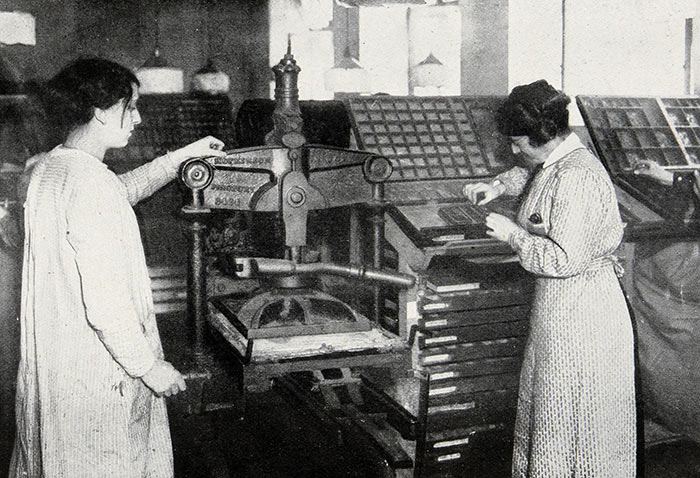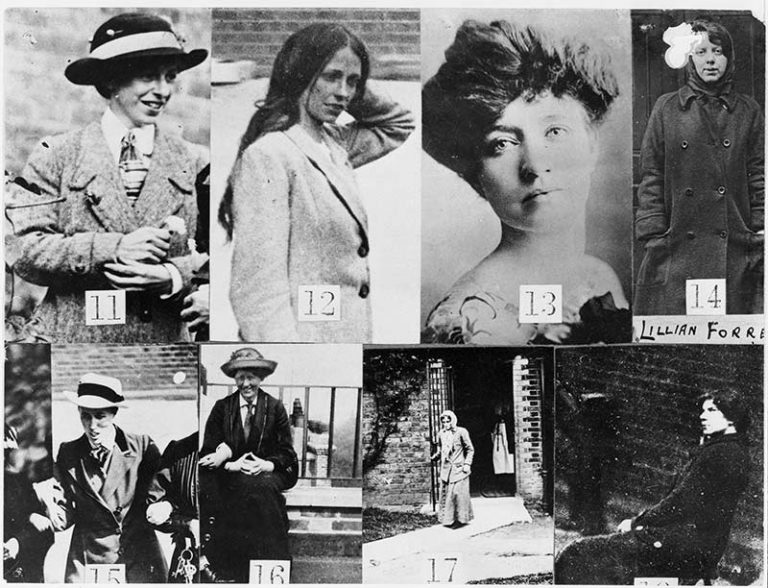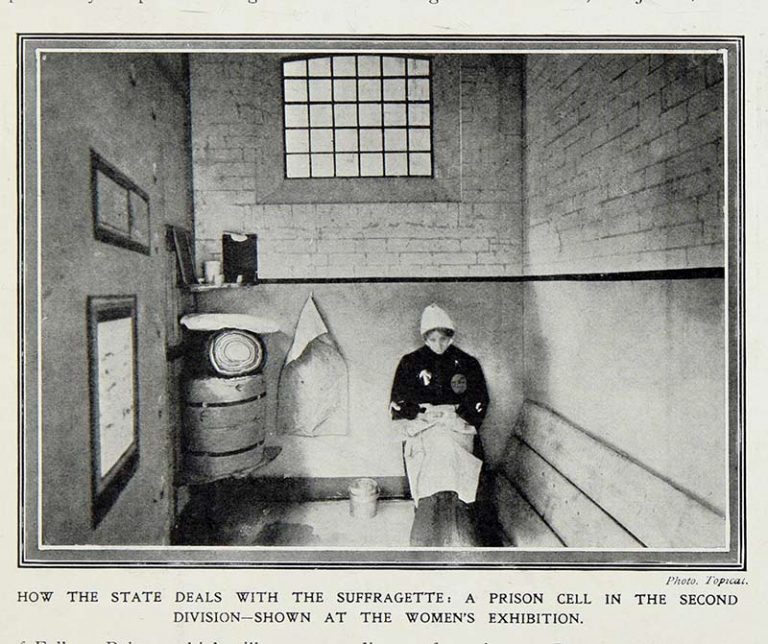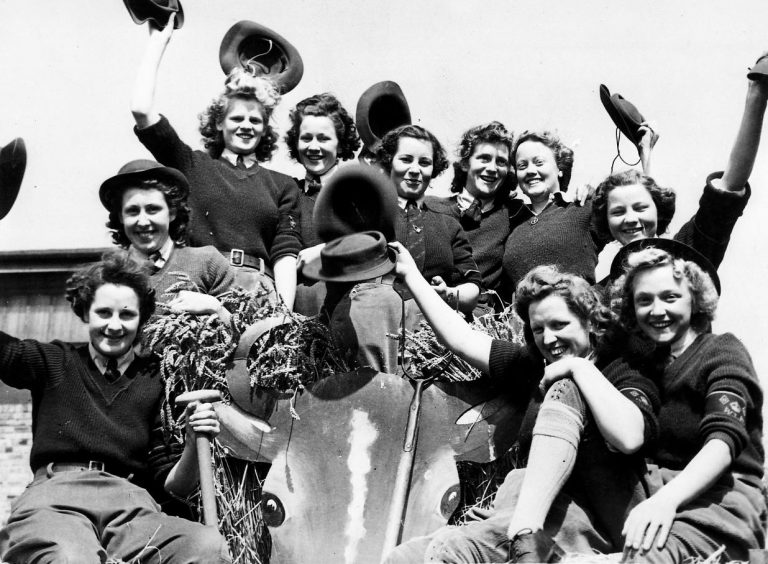In this centenary year, where we commemorate 100 years since some women gained the vote for the first time, this year’s International Women’s Day seems even more significant.

Women in newspaper offices, 1917 (catalogue reference MH 47/142)
It is also barely 100 years since the first International Women’s Day celebrations. This day first emerged from the activities of labour movements at the turn of the 20th century in America and across Europe. Arguably, it was an International Women’s Day demonstration in Petrograd on 8 March 1917 which led to the overthrow of the Russian Tsar.
Our collections on women’s history
What better moment to spotlight some of our collections relating to women?
With 1,000 years of history, and over 11 million records in our collection, we have a wealth of documents relating to the lives of women in the past. With women making up more than half the population, government has always been interested in our lives.
This interest focuses on women of all backgrounds, from everyday ‘ordinary women’ to monarchs to feminist campaigners. With our records relating both to Britain and to other countries worldwide, there is a wealth to uncover and learn about.

Sakai women, Malaysia (catalogue reference INF 10/211, 1948 – 1962)
Your own research
Use some of our relevant research guides to inspire your own research into our collections:
We have many records that you can use to trace your own female ancestors. For example, The National Archives holds various, rich records of women’s service in the British Army, through which it is often possible to trace an individual’s service.

Women’s Land Army armlet (catalogue reference MAF 42/8/13870, 1917-1918)
Online content
We have a wealth of blogs, podcasts and imagesonline relating to women’s history, from the Women’s Institute to Lady Jane Grey – why not take a moment to browse through these?
- Women’s history blogs
- Women’s history podcasts
- Women’s history images on Flickr – including our suffrage Flickr gallery!
Our focus at the moment is on the women’s suffrage movement, as we have such a wide range of strong records on this subject. However, we hope to put this in the context of our entire collection, which has so many strands relating to the history of women.
Suffrage 100
As it is an important moment to reflect on the women’s suffrage movement, it’s good to highlight the many resources on this specific topic. Use our Suffrage 100 web portal to find out more.
On 6 February – the day the Representation of the People Act received royal assent in 1918 – we launched our Suffrage 100 programme with a unique pop-up dance inspired by records held at The National Archives.
The performance by Combination Dance Company took place in the bustling Victoria station, from where the renowned suffragette, Emily Davison, took her now infamous journey to Epsom racecourse in June 1913. The dancers told the story of the suffragettes and the progress that has been made over the last century.
Our collaboration with Combination Dance continues: we will be engaging young people in our records and dance workshops in the build up to the commemorations of the 1928 Equal Franchise Act in July.

The performance at Victoria Station. Photo Credit: Combination Dance / Scott David Photography
Suffragette City
Today, 8 March 2018, we open our immersive collaboration with the National Trust, Suffragette City.
This project offers a unique experience to step back in time, based on original photographs, police reports and witness statements held in our collections. Suffragette City recreates a number of key places important to the story of the movement, including the Women’s Social and Political Union (WSPU) Headquarters, a tea room and a police cell.
Suffragette City runs at the London Pavilion, Piccadilly Circus, from 8 to 25 March. If you’re interested in visiting, you can book tickets online.

AR 1/528 11-18. Suffragettes: descriptions and photographs
Suffragettes on file
Today we have also made available to teachers and students a wide selection of documents relating to the suffragette movement. ‘Suffragettes on file‘ includes material from the Home Office, Metropolitan Police and prison files, and documents from the WSPU office which were used as exhibits in the trial of Emmeline Pankhurst and other leaders, including their correspondence and ‘The Suffragette’ newspaper.

Extract from The Illustrated London News © Images on display from the Women’s Exhibition, held at Princes Skating Rink, Knightsbridge, London on 13-26 May 1909 (Catalogue ref: ZPER 34/134)
This resource supports students in Key Stages 1, 3 and 5 in learning more about the struggle for the women’s vote and in developing their own lines of enquiry, working with original sources.
However you choose to spend International Women’s Day, we wish you a day of strength, hope and positivity.

Women’s Land Army Parade, Word War II (catalogue reference MAF 59/146 (f) )

About 1875, when the International Typographical Union was formed, equal pay for equal work was included in their book of laws and was in effect in all print shops and newspapers until the union amalgamated with the CWA in the 1980s.